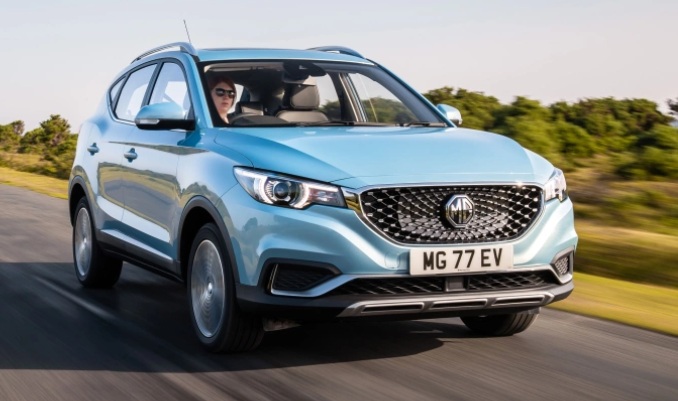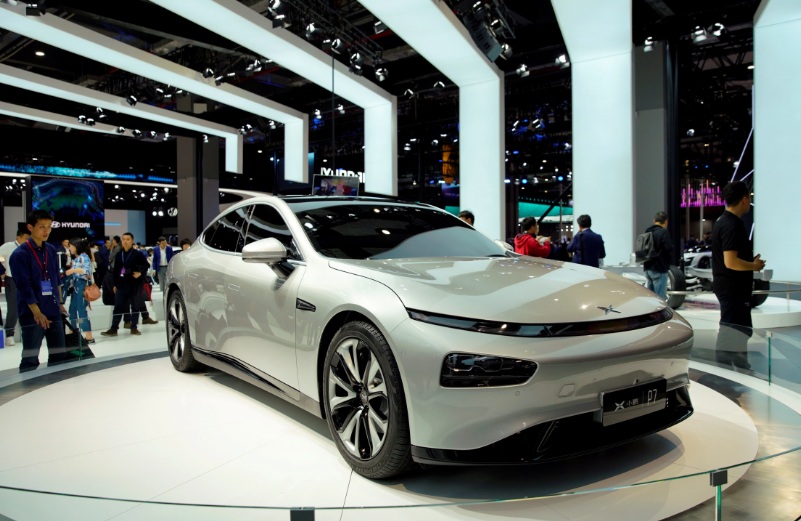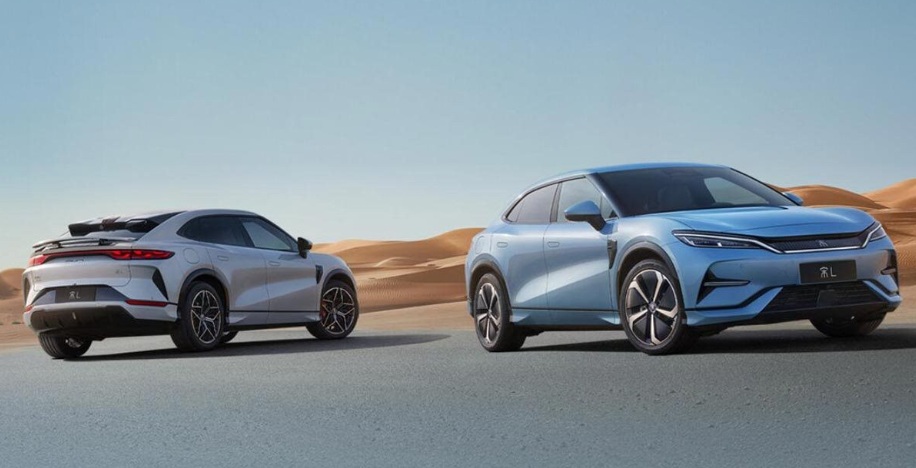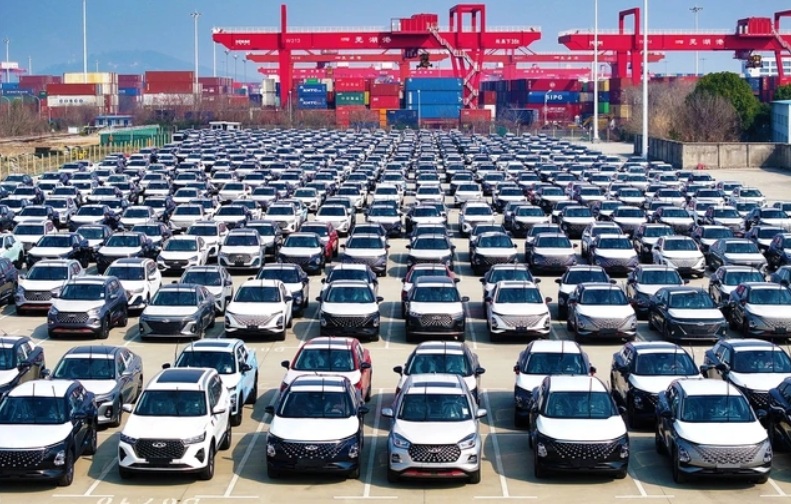China’s position as the world’s largest producer and consumer of electric vehicles has led to an intense race, with temporary profits set aside for long-term influence.
Currently, the Chinese electric vehicle market has nearly 50 large and small brands vying for consumers. According to recent statistics, 95% of businesses are operating at a loss. Only three prominent names, BYD, Li Auto, and Seres, are believed to be profitable due to their large scale and stable sales.
Notably, despite a long period of price competition, carmakers continue to offer aggressive promotions. They constantly launch deep discount packages, direct price cuts, or financial incentives to stimulate demand, demonstrating their determination to “race to the bottom” on pricing. For most businesses, the current goal is no longer profit optimization but market share at all costs.
According to data from the South China Morning Post, citing a JP Morgan study, electric vehicle discount programs in China reached a record high of 16.8% in April 2025, slightly up from 16.3% in March. These unprecedented figures reflect the intensity of the current competition.
Data from the China Passenger Car Association (CPCA) shows that the average discount from the beginning of 2024 to the present is 8.3%. In contrast, since the end of 2023, electric vehicle prices in the domestic market have dropped by about 10% compared to previous periods.
Worryingly, the profit margin – the difference between the selling price and the total production cost – has dropped sharply from about 20% four years ago to just 10% in 2024. With such thin profits, most businesses cannot ensure long-term development, especially as material and logistics costs remain high.
With the intense competition continuing, analysts believe that a wave of profound restructuring will occur in China’s electric vehicle industry. Smaller brands, lacking a solid financial foundation or technological advantage, will be forced to withdraw from the market or merge with larger conglomerates to survive.
In this context, exports are emerging as a viable solution. Expanding into overseas markets enables Chinese carmakers to sell their products at better prices, thereby improving profit margins and sustaining production.
According to the latest data, in the first four months of 2025, electric vehicles accounted for about 33% of China’s total vehicle exports, a significant step up from the average of 25% in the past two years. This figure reflects not only the globalization trend of China’s electric vehicle industry but also the domestic manufacturers’ efforts to seek new markets.
Despite leading the world in electric vehicle production and development speed, the Chinese market still faces the challenge of balancing growth and profits. As the price race continues, financial, resource, and product quality issues also become significant challenges.
The future of China’s electric vehicle industry depends not only on technology and production scale but also on strategic adaptability, from streamlining domestic operations and improving operational efficiency to expanding into potential global markets.
Why Do Vietnamese Prefer to Spend More on Xanh SM Taxis?
Emerging as a newcomer, Xanh SM has rapidly risen to become the number one taxi brand in terms of market share in Vietnam during the fourth quarter of 2024. Alongside its impressive market performance, the brand has also achieved the highest customer satisfaction and willingness to pay in the industry. Xanh SM not only provides comfortable travel experiences but also sets a new standard for service excellence in the Vietnamese ride-hailing sector.
The Green Machine Overtakes Grab: Leading the Pack in Vietnam’s Ride-Hailing Market
According to the annual consolidated report on the Vietnamese taxi market by Mordor Intelligence, a renowned global market research firm, Xanh SM has emerged as the leading ride-hailing service provider in Vietnam, capturing a market share of 37.41% in the fourth quarter of 2024. This achievement marks a significant milestone, indicating a shift towards enhanced quality and sustainability in the country’s technology-driven transportation industry.


















































